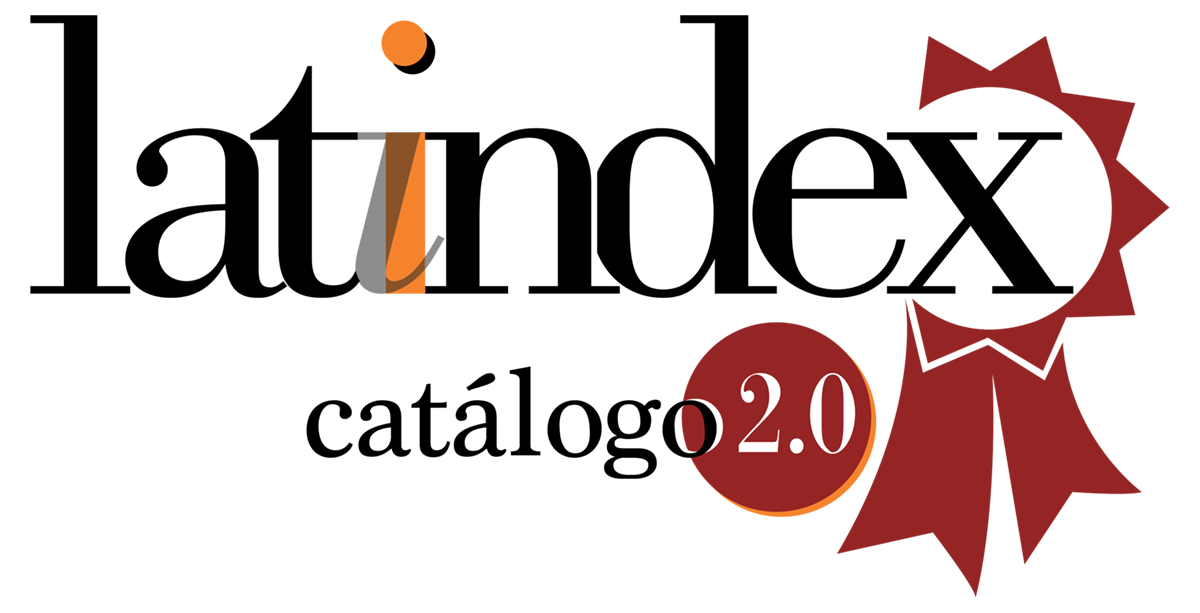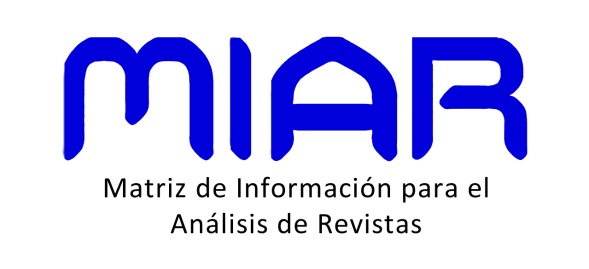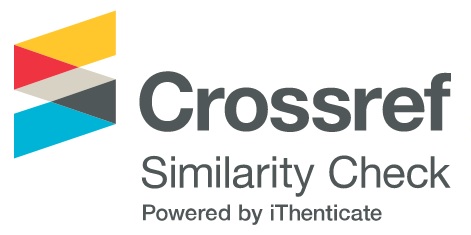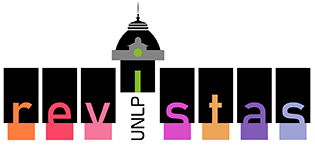Comparing Downpayment and Interest Rate Mortgage Subsidies: An Analytical Approach
Keywords:
JEL: G21, G28, subsidios hipotecarios, mercado de hipotecas bancarioAbstract
Our paper sets up a simple model to assess, for the first time, the relative pros and cons of housing downpayment (DS) and interest rate (IRS) subsidies on the access to and the stability of the mortgage market. Our analysis unveils a number of relevant policy lessons for the design of housing subsidy programs, among them: (a) For fiscal neutrality (same government outlay) to hold, the percentage IRS must be larger than the DS; (b) The IRS raises the loan size a bank is willing to grant, but the DS; (c) When targeting lower income households, the DS is superior to the interest rate subsidy; (d) The DS may increase the probability of default due to this focalization, while the IRS may have the same effect via the increased borrower leverage; and (e) Compared to the IRS, the DS promotes a less aggressive competition in the real estate market.
Downloads
Metrics
Downloads
Published
How to Cite
Issue
Section
License
The material published in the journal is distributed under a Creative Commons Attribution-NonCommercial-NoDerivatives 4.0 International (CC BY-NC-ND 4.0) license. This license requires proper credit to be given, a link to the license to be provided, and changes to be indicated. It does not permit commercial use of the work, and if the work is remixed, transformed, or otherwise modified, distribution of such modification is not allowed.





























